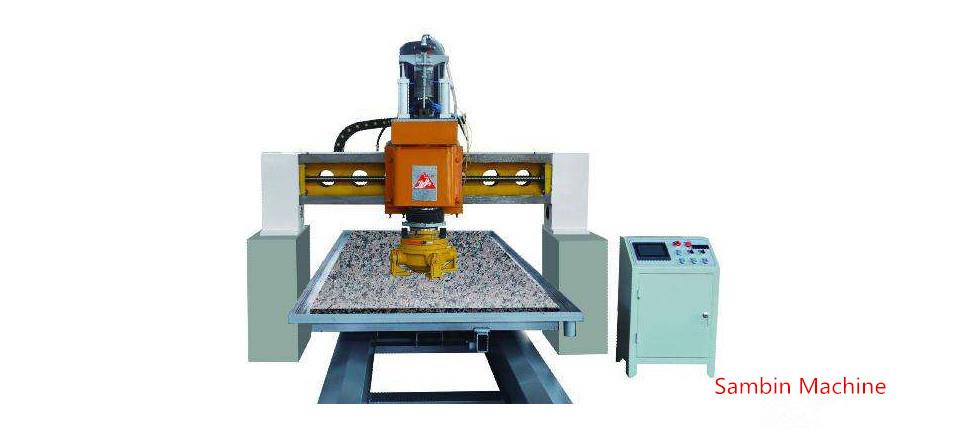The gap becomes larger after wear. It should be considered in design that the gap can be compensated in structure. The compensation method can be either automatic continuous compensation or periodic manual compensation. Automatic continuous compensation can depend on self-weight, such as triangular and V-shaped guideways, regular manual compensation can be made by sticking PTFE plastic, closed guideways by adjusting the pressure plate, etc.
Common wear forms are as follows:
1. Wear of abrasives or hard particles
This kind of wear often occurs in boundary friction and mixed friction state. The abrasives (or hard particles) between the relative sliding friction pairs mainly come from the uneven high points of the friction surface in the micro-state, which are sheared off and left between the friction surfaces in the relative motion. As the lubricating oil enters the hard particles between the guide surfaces, the force of the particles falling on the guide surface can be decomposed into sagging due to poor protection. The vertical force will press the abrasive onto the metal surface, and the greater the force and the harder the abrasive, the deeper the abrasive will be pressed into. The force along the friction surface will cause the abrasive to slide relative to the metal surface, and the "cutting" guide surface will cause "scratches" or "grooves" on the friction surface. The higher the hardness of the abrasive, the greater the relative sliding speed and the greater the pressure, the greater the harm to the friction pair. Abrasive wear is unavoidable and can only be minimized. Therefore, the hardness of the supporting guide should be increased as much as possible in design, and the P*V (product of pressure and velocity) value should not exceed the allowable value of the material.

2. Adhesive wear or bite welding
Adhesive wear is also known as molecular-mechanical wear. When two friction surfaces contact each other, the material will produce plastic deformation under high pressure. When the friction moves relatively, the oxide film on the surface will be destroyed. Intermolecular attraction and penetration will occur between the newly exposed metal surfaces, which will cause the bonding of the contact points and lead to bite welding. The relative movement of the contact surface will also pull the biting solder joint apart, which will cause tearing damage. Bite welding is not allowed to occur. In order to avoid this situation, in addition to the correct selection of materials, hardness and maximum pressure control, the plane error of sliding surface, surface roughness or the number of contact points must be correctly stipulated.


Contact Us
We have customers from both domestic market and oversea market. Our sales managers can speak fluent English for good communication. In the future, our company will develop more products in the existing areas, and tap more business possibilities.
